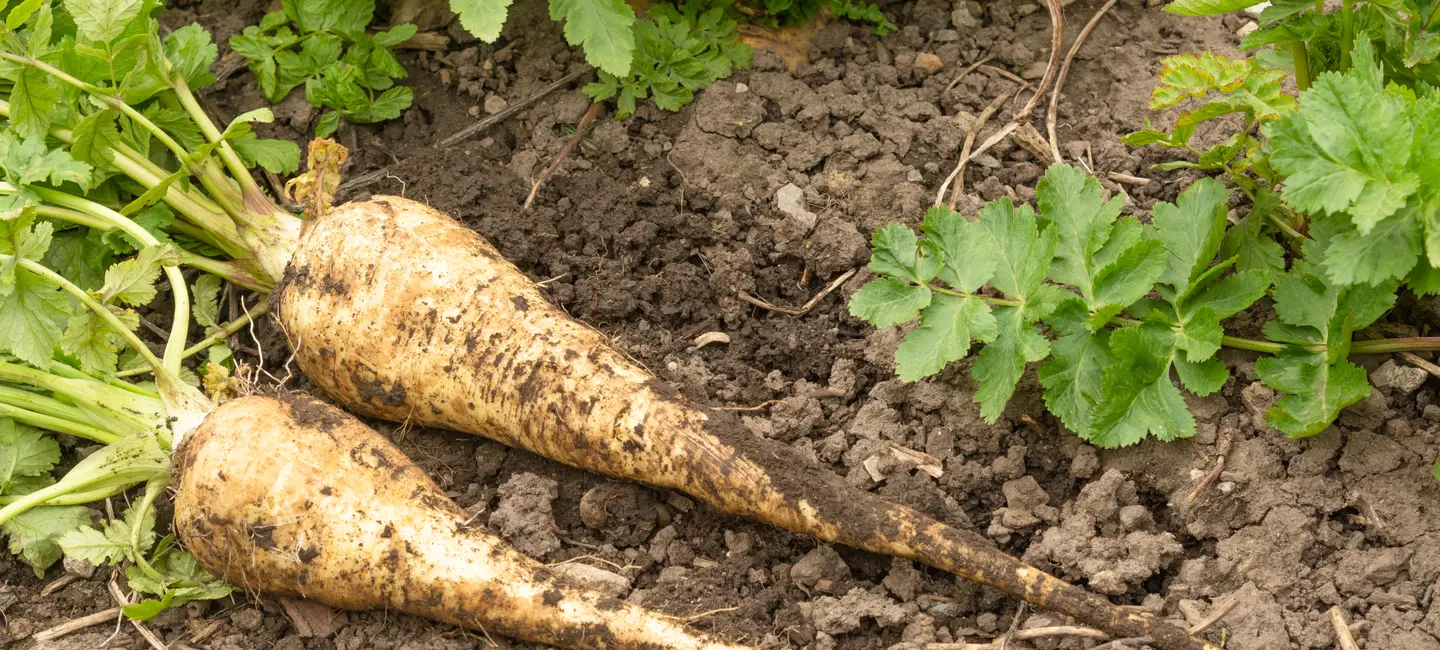
Parsnip is a plant with a deep, thick taproot. It was introduced to North America as a root crop from Europe and parts of Asia. The root and above-ground parts are used to make medicine.
People take parsnip for digestion problems, kidney disorders, fever, pain, and fluid retention, but there is no good scientific evidence to support these uses.
Is It Effective?
NatMed Pro rates effectiveness based on scientific evidence according to the following scale: Effective, Likely Effective, Possibly Effective, Possibly Ineffective, Likely Ineffective, Ineffective, and Insufficient Evidence to Rate.
- Digestion problems.
- Fever.
- Fluid retention.
- Kidney disorders.
- Pain.
- Other conditions.
More evidence is needed to rate the effectiveness of parsnip for these uses.
Is it Safe?
When taken by mouth: Parsnip is LIKELY SAFE when used as food. However, there isn't enough reliable information to know if parsnip is safe to take as medicine or what the side effects might be.
When applied to the skin: Parsnip is POSSIBLY UNSAFE when applied to the skin. When used on the skin, parsnip can cause the skin to become extra sensitive to the sun. Wear sunblock and protective clothing outside, especially if you are light-skinned.
Special Precautions & Warnings:
Pregnancy and breast-feeding: There isn't enough reliable information to know if parsnip is safe to use as medicine when pregnant or breast-feeding. Stay on the safe side and avoid use.
It is not known if Parsnip interacts with any medicines. Before taking Parsnip, talk with your healthcare professional if you take any medications.
There are no known interactions with herbs and supplements.
There are no known interactions with foods.
The appropriate dose of parsnip depends on several factors such as the user's age, health, and several other conditions. At this time there is not enough scientific information to determine an appropriate range of doses for parsnip. Keep in mind that natural products are not always necessarily safe and dosages can be important. Be sure to follow relevant directions on product labels and consult your pharmacist or physician or other healthcare professional before using.
Chirivía, Cujtive, Grand Chervis, Jazar, Kajer, Panais, Panipainais, Parsnip Herb, Parsnip Root, Pastenade, Pastinaca sativa, Pastinacae Herba, Pastinacae Radix, Racine-Blanche, Wild Carrot, Zardak.
Information on this website is for informational use only and is not intended to replace professional medical advice, diagnosis, or treatment. While evidence-based, it is not guaranteed to be error-free and is not intended to meet any particular user’s needs or requirements or to cover all possible uses, safety concerns, interactions, outcomes, or adverse effects. Always check with your doctor or other medical professional before making healthcare decisions (including taking any medication) and do not delay or disregard seeking medical advice or treatment based on any information displayed on this website.
© TRC Healthcare 2024. All rights reserved. Use and/or distribution is permitted only pursuant to a valid license or other permission from TRC Healthcare.
